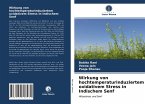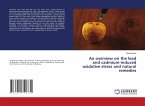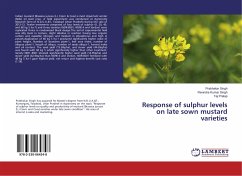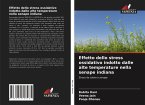Two tolerant genotypes (BPR-542-6 and NRCDR-02) and two susceptible genotypes (NPJ-119 and RGN-152) were screened at 45±0.5°C on the basis of time taken to 50% seedling mortality. Lipoxygenase, MDA and H2O2 which are indicators of cell membrane damage increased under heat stress in all the genotypes but increase was higher in susceptible genotypes. On recovery, LOX, MDA and H2O2 content decreased in all the genotypes. The activities of antioxidative enzymes viz. SOD, POX, CAT, APX and GR increased under high temperature stress. SOD and CAT started decreasing but activity of POX and GR still continued increasing in all the genotypes. But APX enzyme exhibited differential behaviour on revival i.e. increased in tolerant and decreased in susceptible genotypes. Ascorbic acid and carotenoids increased under heat stress but on revival, ascorbic acid increased while carotenoids decreased in all the genotypes. A major band of 53.12 kDa and minor bands of 100 kDa, 89.12, 74.13, 46.76 and 38.9 kDa in tolerant genotypes and protein bands of molecular weight 25.79 and 30.7 kDa in susceptible genotypes appeared under high temperature stress which disappeared when the stress was relieved.
Bitte wählen Sie Ihr Anliegen aus.
Rechnungen
Retourenschein anfordern
Bestellstatus
Storno








